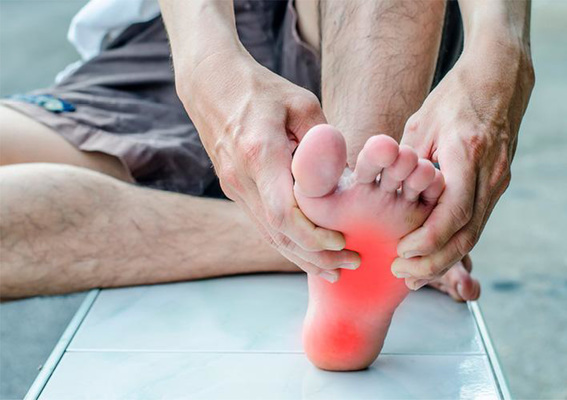Dr David Kavanagh, a musculoskeletal podiatrist at Foot and Leg Pain Clinics, says heel and arch pain is very common; in fact, more than 80 per cent of Australians will suffer heel pain at some point.
However, he says that a lot of misinformation about heel and arch pain can often lead to a misdiagnosis of plantar fasciitis.
Dr Kavanagh sets out here to sort fact from fiction.
“Most heel and foot arch pain occurs,” he says, “when the plantar fascia [connective tissues running along the bottom of the foot] becomes overloaded, resulting in degeneration of the tissues and/or irritation of the nerves.
“Although there may be some accompanied inflammation, these are not inflammatory conditions in nature, so are not pure plantar fasciitis – and shouldn’t be treated as such.
“Most heel and arch pain is a result of faulty foot function or lower limb biomechanics, associated with environmental factors, and this is what needs to be treated.”
He also says it’s imperative that heel and arch pain be diagnosed correctly by someone who has specific expertise and up-to-date training in foot and lower limb musculoskeletal medicine and degenerative conditions.
“Even your local GP, radiologist and general podiatrist may not be the best people to diagnose your heel and arch pain, as they tend to be more generalised and non-specific.
“Tissue thickening shown on diagnostic scans is often misinterpreted as inflammation, adding to the incidence of misdiagnosis, while anti-inflammatory treatments and cortisone are too often incorrectly prescribed.
“These may, in few cases, provide some temporary relief but will not fix heel and arch pain and can, in fact, prolong the injury and even increase the risk of further tissue damage.”
If this advice has helped, mention the article when you book an appointment and get $50 off the initial consultation.
Foot and Leg Pain Clinics are in Geelong and Melbourne. Inquiries: 1300 328 300







